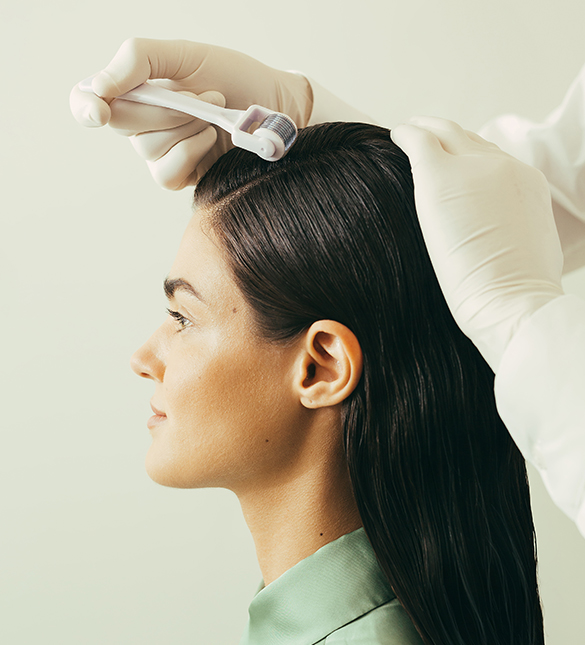
It may surprise you that scalp issues are a common occurrence for most people around the globe, with nearly 70 per cent experiencing them at some point during their lifetime.
While dryness often takes the spotlight, it’s excess oil, and the inflammation it fuels, that poses the greater risk to long-term hair health. According to trichologist Ricardo Vila Nova, an oily scalp can create the very conditions that lead to thinning, shedding, and loss of density – outcomes far more concerning than dryness alone.
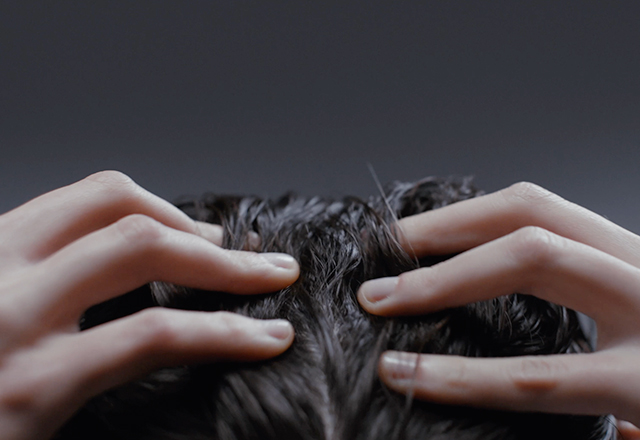
Dry scalp vs. oily scalp
“Dryness and oiliness don’t carry the same risks,” explains Vila Nova. “A dry scalp may feel itchy or look flaky, but unless it is extreme – with cracking, soreness, or scaling – or linked to an underlying condition such as eczema, psoriasis, or dermatitis, it doesn’t necessarily affect follicular health. An oily scalp, on the other hand, is often under constant low-grade inflammation, and that has a direct impact on the follicle.”
When the scalp is persistently oily, sebum mixes with sweat, pollution and product residue to create a film over the skin. This can trap heat, alter the microbiome, provoke irritation and trigger inflammation. “Inflammation is toxic to follicles. It disrupts their normal cycle, accelerates miniaturisation and can trigger premature shedding,” says Vila Nova.
Left unchecked, that inflammatory process also activates enzymes and free radicals which degrade the collagen and proteins that help anchor follicles. As they weaken, blood supply is compromised, and over time the follicle produces finer, shorter strands until density begins to decline. This makes an oily scalp “not just a cosmetic concern but a biological one with lasting consequences for growth and resilience,” reveals Vila Nova.
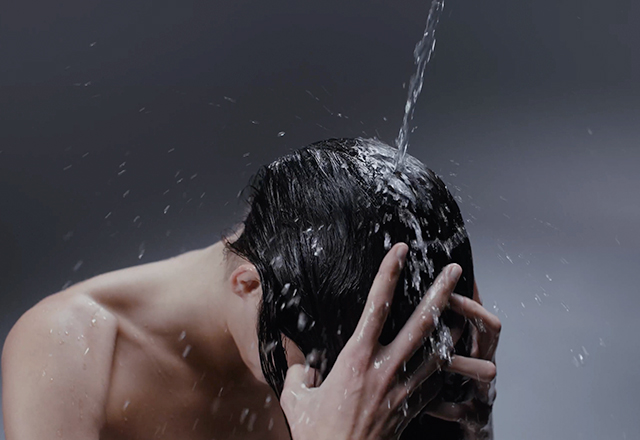
Genetics, hormones and lifestyle factors
Why do some people experience persistent oiliness while others don’t? Genetics, hormones and environment all play a role. “Androgens – the same hormones that influence male and female pattern hair loss – also stimulate sebaceous glands,” explains Vila Nova. “That’s why oily scalps often present alongside thinning in the crown or recession at the temples.”
Lifestyle can exacerbate things further. “Stress increases cortisol, which in turn drives oil production. Diets high in refined carbohydrates and dairy can do the same. Ironically, even over washing, can make the scalp rebound by producing more sebum,” adds Vila Nova.
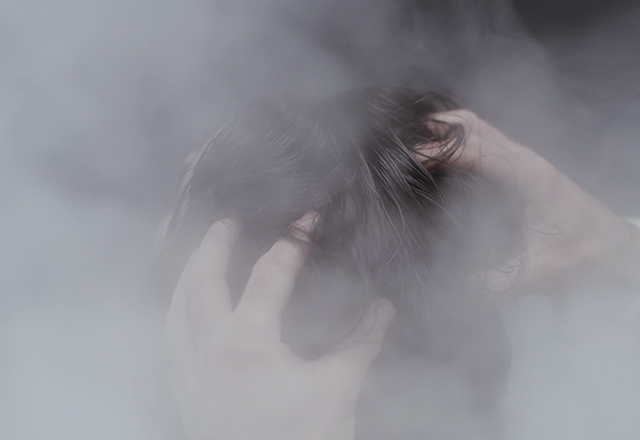
How to manage an oily scalp
The good news is that oily scalp issues can be managed, but it requires more than switching to a clarifying shampoo. “Cleansing is only one part of the strategy,” says Vila Nova. “We need to calm inflammation, rebalance the microbiome, and protect the follicle at every stage.”
At 212.2 Ricardo Vila Nova, this involves a programme of regular treatments that combine controlled micro-stimulation to boost circulation, low-level light therapy to calm irritation, and bioidentical actives tailored to your specific needs. “We use the Hair DNA Scan to determine the condition of your scalp, what is lacking, and what is out of balance. That allows us to formulate treatments that target the cause, not just the symptoms,” Vila Nova explains.
Scalp exfoliation can also be hugely helpful. As it can clear away sebum plugs, dead skin and product residue that might otherwise suffocate follicles. In-clinic protocols are always paired with tailored at-home care, often featuring lightweight, non-occlusive products that balance oil production without stripping the skin barrier. Ingredients such as salylic acid, sulfur, niacinamide and citral, found in the personalised Active Fusions haircare range can make a marked difference to your scalp and hair health too. “But the goal isn’t to eliminate oil completely,” notes Vila Nova. “Sebum has a protective role. It’s about keeping levels in check so that follicles aren’t suffocated.”
Lifestyle tweaks are equally important when it comes to treating an oily scalp. “The scalp responds to the body as a whole,” Vila Nova explains. “When hormones are out of balance, stress is high and your diet isn’t what it should be, this often shows up first in the scalp.”
Staying hydrated by drinking enough water each day supports normal cellular function and can help prevent the rebound oiliness that sometimes follows dehydration. Stress reduction can help maintain optimal cortisol levels. While eating an anti-inflammatory, nutrient-rich diet helps calm the scalp from within.
While Vila Nova stresses that, “for those with persistent oiliness, consistency is key. Regular professional treatments combined with an at-home regime designed around your individual biology creates the conditions for lasting scalp balance. It isn’t about a single solution. It’s about regular care that stabilises the scalp environment so the follicle can do what it was designed to do – grow strong, healthy hair.”
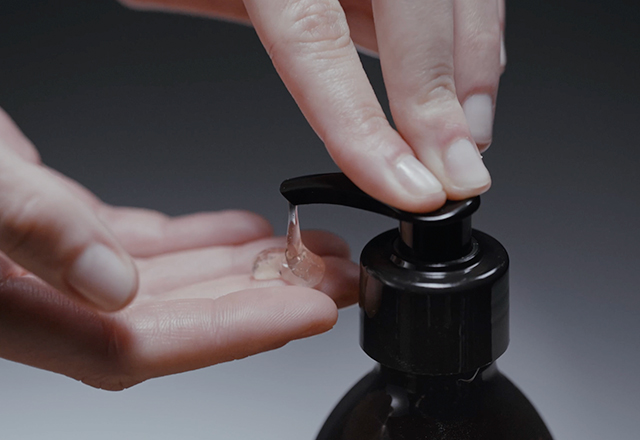
Protecting your hair’s future
So, when does an oily scalp become a real problem? Vila Nova says the warning signs are clear: persistent itchiness, redness, tenderness, flaking that feels greasy rather than dry, and hair that is shedding more than usual. “If you notice any of these, it’s time to address inflammation before follicles start to weaken,” he advises.
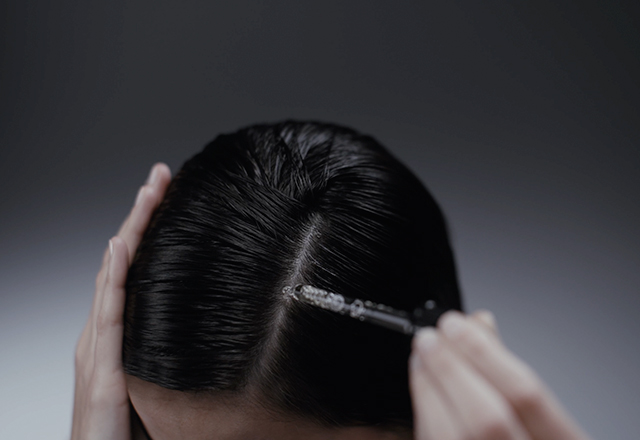
Start caring for your oily scalp by booking a consultation at 212.2 Ricardo Vila Nova using the link below.


